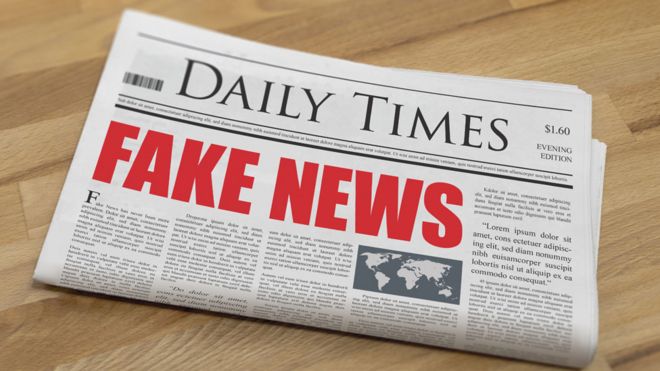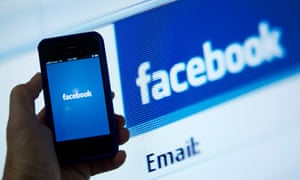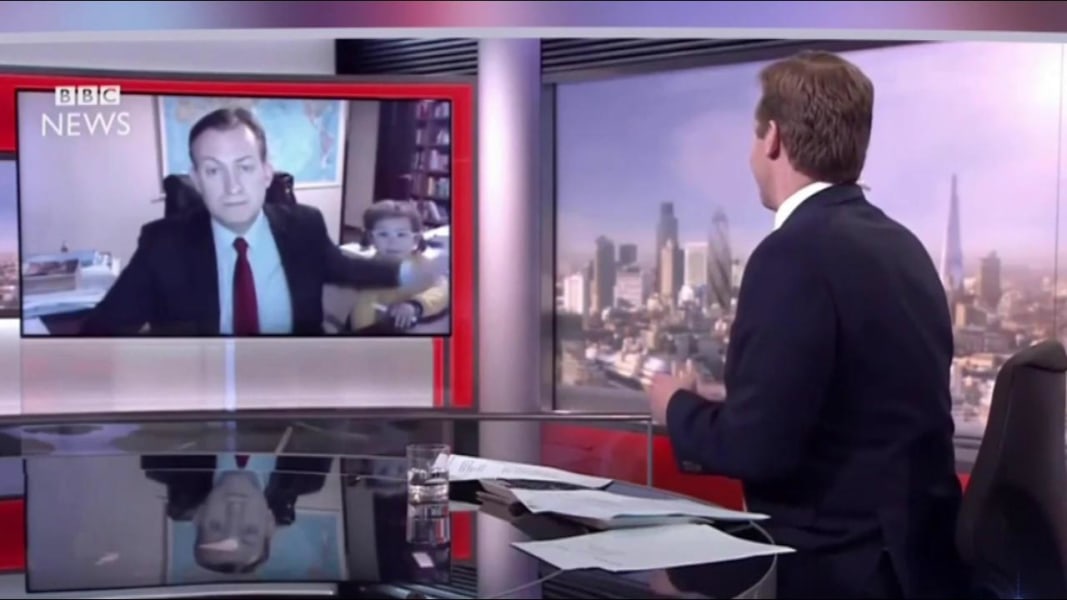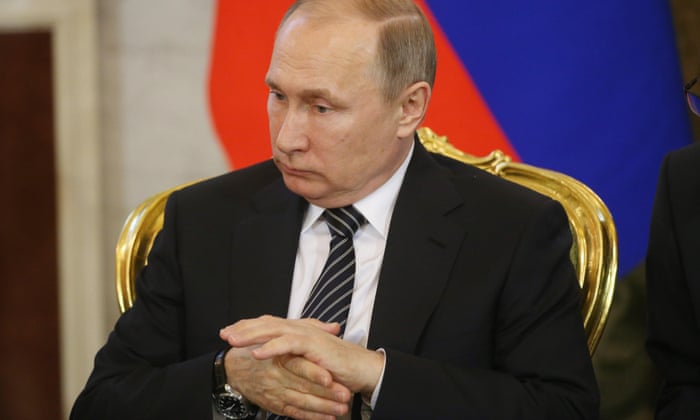Your chosen
industry: Social Media
Your chosen case study (i.e. text/institution etc.): Twitter
Audience
1) How has new and digital media changed the audience experience in your
chosen industry?
As new and
digital media continues to grow in dominance and popularity across the globe,
more audiences are using social media as a way of communicating and gaining
information. Social media in particular sites such as my chosen text, Twitter,
have a dominant presence in the world of social networking. Majority of users
use twitter as a form of pleasure and entertainment, while some use it as a
political platform and a way of coming into contact with various information
and perspectives.
2) Has new and digital media changed the way the audience consume your chosen
product?
New and
digital media has changed the way in audiences use social networking sites such
as Twitter. As traditional forms of media continue to move onto the internet,
convergence takes place. Audiences can now not only get entertainment from
twitter but also get news first hand. Audiences can also participate in
politics by voicing their opinions and challenging the status quo. Twitter has
also seen the surge in audiences engaging in citizen journalism.
3) Has the size of the audience changed as a result of new and digital
media?
Yes,
audiences who would have once stuck to traditional forms of media are now using
social media even more. Sites such as Twitter allow for various communities to
form. It is now not surprising to see politicians using Twitter, alongside with
the older middle-class and the educated as a platform for politics and
news/journalism. There is ultimately a presence of the ABC1 demographics aswell
on twitter, as opposed to only the younger audiences. Younger audiences are now
not only using Twitter for entertainment but also as a platform for their
grievances and opinions on the state of society.
4) What are the positive changes new and digital media have brought to the
audience of your case study? (E.g. greater choice, easier access etc.)
New and
digital media has allowed for the audience of social networking sites such as
Twitter to form communities and identify themselves with others. Also, Twitter
has essentially grown to become a new, digital platform for audiences to make
use of their freedoms of speech, as represented through the various movements
that have grown on the site. Twitter has also allowed for easier access to
information and the news as it unfolds.
5) What are the negative changes new and digital media have had on your
chosen audience? (E.g. quality of product etc.)
The growth of
Twitter as a platform, which lacks gatekeepers highlights how it can be an
unreliable platform. Users are also able to take advantage of their speech to
incite hate crimes and also promote dangerous ideologies. Terrorists have taken
advantage of the site to recruit the vulnerable. Twitters power is known for
impacting politics, as represented by the US general election and even Brexit.
False information can easily have an impact on the masses, as a result
effecting the outcomes of various situations.
6) What about audience pleasures - have these changed as a result of new and
digital media?
As Twitter is a result of new and digital
media, it is suggested that audience pleasures over the decades have changed.
Twitter has provided a platform for users to interact around the globe. Twitter
continues to transform, and as represented by the US General Election, more
users are engaging politically with Twitter (Surveillance/Personal
identification). Politicians on twitter therefore have gained some audience
pleasures for themselves aswell, as they can push forward their agendas while
also staying aware of what their voters want etc.
7) What is the target audience for your chosen case study? Write a
demographic/psychographic profile.
Twitter has a vast target audience, particularly young adults and the
middle-aged. Most users of twitter are
in the ABC1C2 range, which is unsurprising as there is always a community on
Twitter for each individual regardless of age, gender or class. As represented
through the statistics I have posted further down, there is a relatively equal
amount of male and female users and a vast range between education, which
highlights that Twitter is initially a platform for all.
Institution
1) How has new and digital media had an impact on
ownership or control in your chosen industry?
2) What impact has new and digital media had on ownership in your chosen case
study?
3) How has new and digital media changed the way institutions produce texts?
Twitter has
changed how traditional news institutions and sectors in society produce texts.
News has essentially adapted to cater for its users on Twitter through creating
profiles which constantly tweet updates. Politicians have also moved to Twitter
to campaign their views. There is greater interaction between audiences and
institutions overall.
4) How has new and digital media changed the way institutions distribute their
product?
Sites such as
Twitter have resulted in institutions diverting their products to social media
sites. For example, more advertisers opt for Twitter and other social media
sites to get their products to a mass audience, campaigns by politicians have
also taken place on social media and they have a great significance during
election seasons e.g. snapchat and filters, Twitter and vote updates
5) How might new and digital media threaten your chosen industry?
The lack of
gatekeepers on social media sites makes it easier for dangerous and fake information
to reach the masses, therefore new and digital media such as Twitter can be a
threat to society if used in the wrong manner.
6) How has new and digital media changed the way your chosen industry is
regulated?
As social media differs from traditional institutions such as news, there
is a lack of gatekeeping meaning that audiences may come into contact with
fabricated content or dangerous content. There is however some form of
regulation where hate crimes and so on can be reported, but it is not unlikely
to come across fake news.
UGC
1) What examples of user-generated
content can you find in your case study?
United Airlines incident
The
video of the man dragged out of the United Airlines plane circulated on social
media, if it was not for this video the incident may have been unheard of or
given little priority.
Hudson plane crash
Twitter
users broke the news of the incident around 15 minutes before the mainstream
media alerted viewers and readers to the crash. Twitter user and iPhone
owner Janis Krums was on one of the New York commuter ferries diverted to pick
up the stranded airline passengers. He used his mobile phone to take a dramatic
snap of the downed plane, and uploaded it to TwitPic, a service that
enables Twitter users to instantly share their snaps over Twitter.
"There's a plane in the Hudson,"
BlackLivesMatter
What
started as a hashtag, a form of UGC on twitter, turned into a widescale
movement which advocates for black lives in the USA
2) How has UGC changed things for audiences or institutions in your chosen case
study?
Social media
sites are built around UGC. Twitter has initially always been a platform where
users generate their own content through tweeting and hash-tagging. Content
posted by users such as videos and photos which gain popularity “trend”, topics
that trend often end up on prime-time news if they are of significance.
Marxism, Pluralism and Hegemony
1) What would be a Marxist perspective
of the impact of new and digital media on your chosen case study?
A Marxist
would initially see the advantage of Twitter for providing a platform for
audiences to enforce their freedoms in a revolutionary manner. However, a
Marxist would still be wary of a site such as Twitter, as it is still initially
a large company which takes advantage of users the profit motive and can be
easily manipulated to maintain social divides by influential users.
2) How would a pluralist view the impact
of new and digital media in your chosen industry?
A pluralist
would view Twitter similarly a platform which audiences can enforce their
freedoms as they perceive audiences as capable of manipulating the media. In
contrast to a Marxist, a pluralist would argue that although Twitter is a
business, it is in the hands of the elite who allow a considerate degree of
flexibility to the audience’s advantage.
3) Are there any examples of hegemony in your chosen industry or case study?
It can be
argued that Twitter provides a platform for hegemonisation to occur, as
audiences come into contact with various opinions and views which can easily be
enforced by the elite or powerful individuals on the site which results in
audiences accepting these views as “common sense”. Twitter can essentially be
used as a tool
to control
the masses, as it is owned by the elite.
Globalisation
1) How has globalisation impacted on
your chosen industry or case study?
The
availability to use social media, in particular platforms such as Twitter, have
allowed for there to be global connections. These global connections make it
possible for countries to express new and old concerns. Audiences can express
their views, and connect other views around the world. Globalisation has
essentially allowed for social activism to take place more easily (e.g. arab
spring, Ukraine movement)
2) In your opinion, has globalisation had a positive or negative impact on your
chosen industry and case study? Why?
Personally, I
believe that globalisation has in this case had a positive impact as it is
easier to interconnect from across the globe on Twitter. Users who are
oppressed can speak out on social media, as represented by the Arab Spring
which saw the rise of social media revolutions and movements across the world.
3) Can you find examples of cultural
imperialism in your case study or industry? (The 'Americanisation' of the
world)
Although
twitter is used across the globe in various countries, American culture is predominant
on the social media site. This similarly occurs on other sites such as Facebook
and so on, and can be argued to leading to the Americanisation of the world.
Social media
1) How has your industry or case study used social media to promote its
products?
Social media
has been used by politicians to promote their views on certain topics and to
appeal to potential voters. These politicians are often verified. Similarly,
important figures and journalists have taken advantage of social media to share
their opinion and engage with audiences.
2) Provide examples of how your case
study has used social media and explain the impact this would have on
audiences.
Donald Trump
has taken advantage of Twitter to create hysteria, which has inevitably brought
more attention to his campaign. Despite the various controversial tweets, he
has incited, it has undeniably fuelled support from some and allowed him to
enforce his campaign on the masses as his name gained popularity (for all the
wrong reasons).
3) Is social media an opportunity or a threat to your industry and case study?
It could be
argued that social media is an opportunity for politicians to engage with their
younger audiences and to also get more users who were once not interested in
politics to instead get engaged with politics as it is more widely accessible
in first-hand perspective on social media. However, it could be argued that
social media is a threat to politics as it is reducing it to a joke, the feuds
between Donald Trump and Hilary Clinton could be argued to have taken away the
gravity of the elections, instead making it amusing.
Statistics
1)
·
82% Active users on mobile
·
79% Accounts outside the U.S.
·
313M Monthly active users
·
On the day of the 2016 U.S. presidential election, Twitter
proved to be the largest source of breaking news, with 40 million
election-related tweets sent by 10 p.m. that day.
USA
(Pew study)
Statistics on age:
- 36% of 18–29
year olds use Twitter.
- 23% of 30–49
year olds use Twitter.
- 21% of 50–64
year olds use Twitter.
- 10% of 65+
year olds use Twitter.
Statistics on gender:
- 25% of
online women use Twitter.
- 24% of
online men use Twitter.
Statistics on education:
- 29% of adults
who graduated college use Twitter.
- 25% of adults
with some college experience use Twitter.
- 20% adults
with a high school diploma or less use Twitter.
UK
- Twitter has over 15 million active users in the UK
- 65% of these users are under the age of 34.
- Over 80% of the 15 million active users access the social network from their mobile with a further 29% checking their Twitter feed multiple times during the day.
- Just like Facebook, Twitter is relatively even with 49% males and 51% female in regards to user demographic.
- There are over 400 million tweets sent daily, and close to 75% of users are following less than 50 twitter accounts.
- Twitter usage has dropped slightly, but there is a light at the end of the tunnel as 37.5% of UK Social Media users, actively use Twitter. 81% of millennials check Twitter at least once per day which shows that daily usage from millennials is still high.
2) Looking at these statistics, what impact has new/digital media had on
institutions in your chosen industry?
Twitter has allowed more people to
engage with politics and the news as represented by the statistics. A diverse
range of individuals use Twitter, meaning that its easier to come into contact
with a variety of views.
3) What has the impact been for
audiences? These may be positive and negative.
As
represented from the statistics, Twitter is widely popular with many regardless
of age, gender, class/education. It seems as though however that Twitter is
more popular with millennials
Theories
1) What media theories can you apply to your chosen industry and case study?
Select THREE media theories and explain how they are relevant to your case
study. Note: these can be ANY of the theories we have learned over the whole of
Year 12 and 13.
1.Uses and
gratifications – Users can get various gratifications from Twitter from
surveillance to personal identification
2.Two step
model theory – Audiences are influenced by opinion leaders, in this case those
who have some sort of power or popularity on Twitter
3.Braudillard
Simulacra and simulation – Twitter has essentially blurred the lines between
reality and the representations of reality in the media. Politics on twitter do
not reflect the complications that come with politics (audiences are stuck in
an echo chamber)
Issues/debates
1) What media issues and debates can you apply to your chosen industry and case
study? Select THREE media issues/debates and explain how they are relevant to
your case study.
2.The effect of
globalisation on the media – Globalisation has allowed for Twitter to become a
platform for users to interconnect with those around the globe
3. Media effects
– Social media sites such as Twitter can easily be manipulated to have mass
effects on audiences,
Wider examples and secondary texts
1) What other texts or institutions are
also relevant to your case study? What would be good secondary texts or
examples to use to support the findings of your independent case study?
Facebook
Facebook
has similarly had a significant impact as Twitter in the political world and
also society. The US General Election has been connected to the rise of fake
news, which has plagued Facebook in particular. Governments have threatened to
interfere if social media companies did not tackle the issue of fake news. This
highlights the growing influence of social media in the political world, as the
two are rapidly interconnecting.





